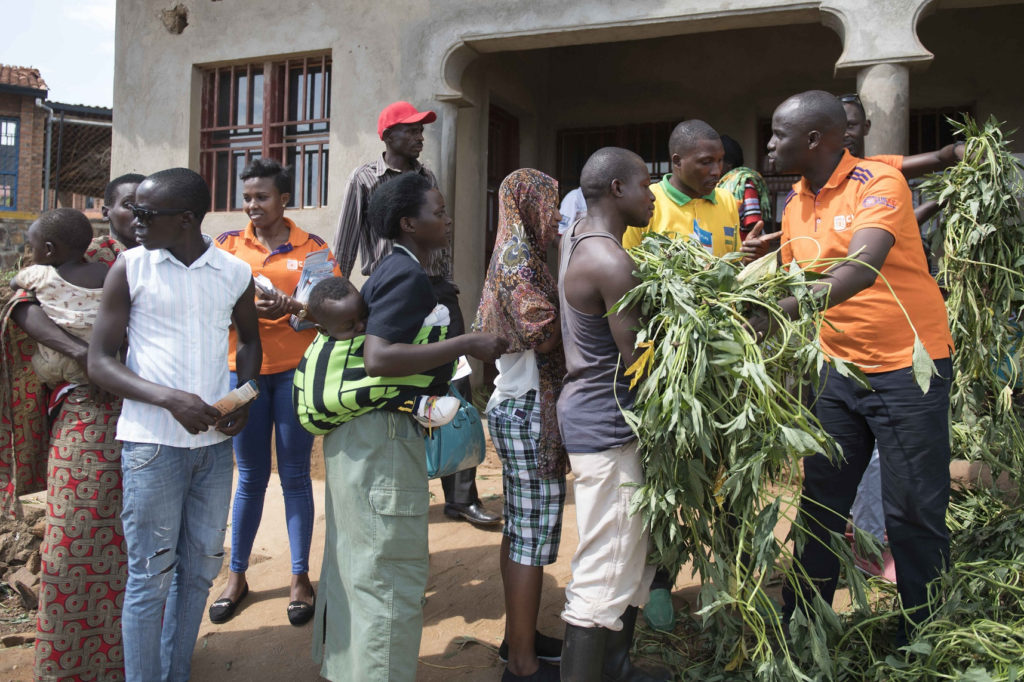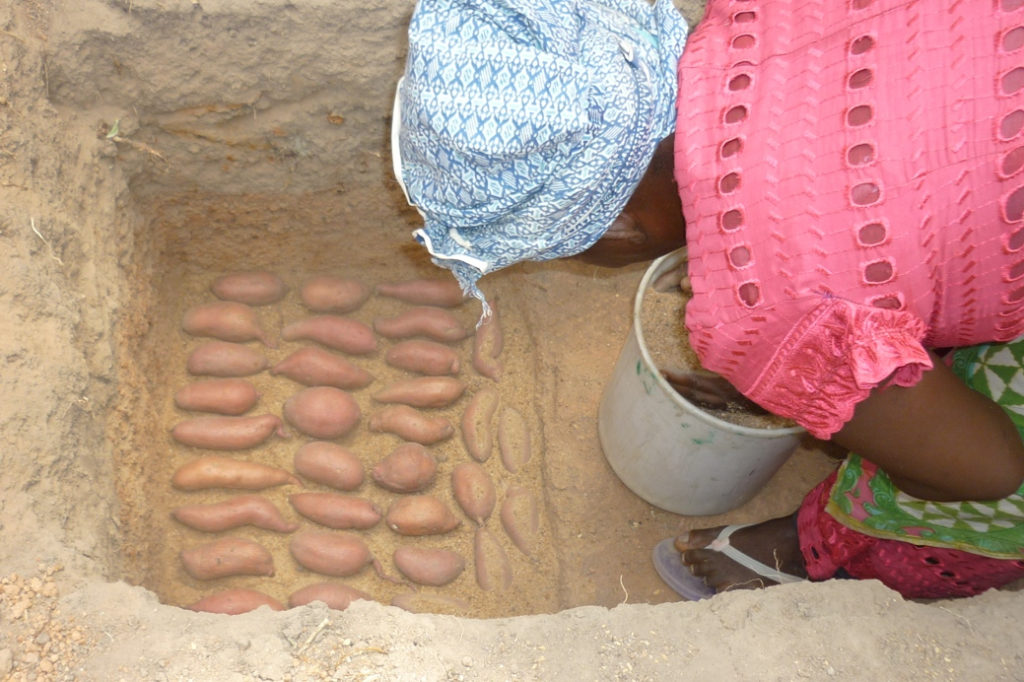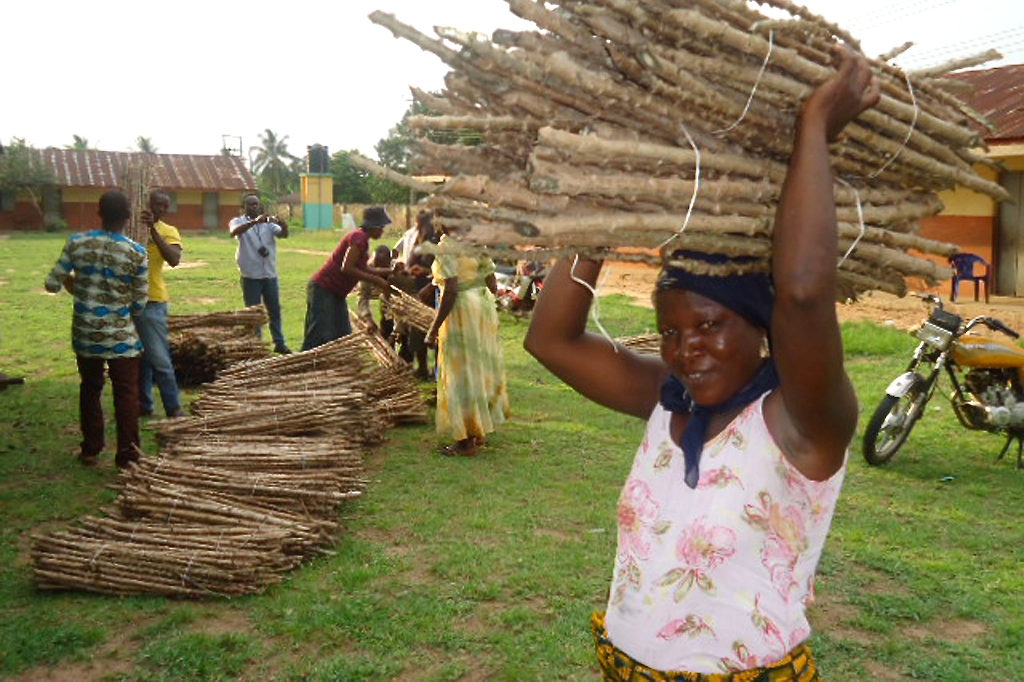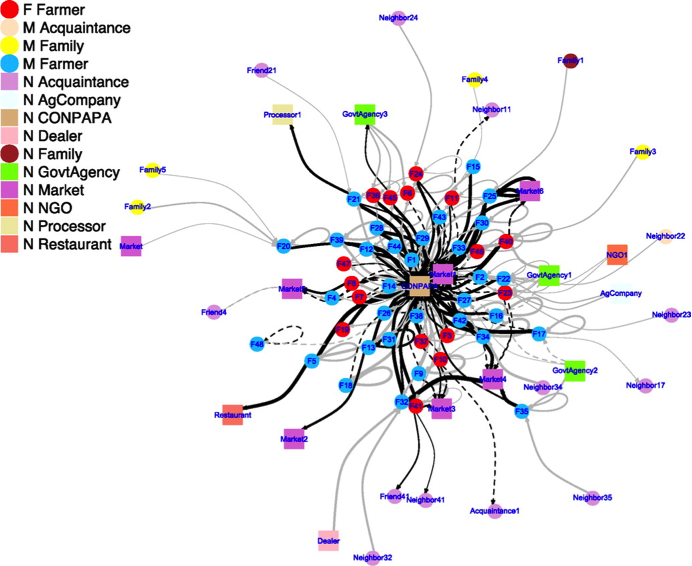CIP is the lead center of the CGIAR Research Program on Roots, Tubers and Bananas (RTB) and most of CIP’s work is planned and reported through RTB, which brings together diverse partners to jointly conduct research, develop solutions, and share knowledge across crops and centers. The spirit of cross-crop learning and collaboration that lies at the heart of the program has enhanced the research for development of CIP and an array of partners.
For its second phase, which began in 2017, RTB has placed more emphasis on scaling the technologies and approaches that research centers develop. This is spearheaded by the program’s Flagship Project 5 on ‘Improved Livelihoods at Scale,’ which is facilitating the design and implementation of strategies for scaling innovations to achieve the greatest possible impact.

